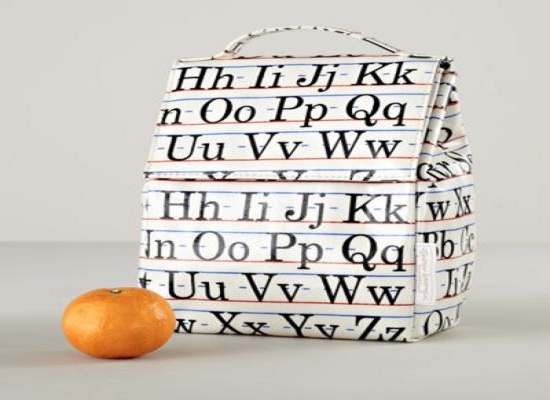Times are tough these days, economically speaking, and many families are even tapping into their retirement savings to pay for debts and day-to-day living expenses. Families of children with special needs are hit even harder; speech therapy isn’t cheap. Fortunately, speech therapy activities at home don’t have to cost you an arm and a leg. There are plenty of low-cost methods of teaching your child phonics, for example. (Speech Buddies are also cost-effective – after the initial investment, you’ll have countless speech therapy lessons in one simple tool.) If you’re not certain about what phonics actually is, or about its importance in speech and language development, check out our post from last week. And then mosey back over to our recommended apps for teaching phonics, listed below. You can also check out a whole bunch of useful speech therapy apps at SpecialNeeds.com.
Educational Apps for Kids: Problem Solving
Speech Therapy TechniquesSpeech and language disorders in children can affect so much more than just a child’s ability to produce sounds, words, and sentences. They can also affect how a child is able to process and analyze information, problem solve, and make himself understood by others. Speech Buddies can help with many speech disorders that affect articulation, but you might also consider using educational apps for kids to address other areas of concern. Many educational apps for kids are available to improve problem solving skills. As a bonus, they tend to involve fun games to keep your child engaged in learning. He might not even know it’s an educational app. Check out our list below to get started.
Learning the Alphabet with Apps
Language DevelopmentThe back-to-school season is a great time of year to reassess your child’s progress and evaluate whether he is reaching his developmental milestones. If your little one is heading for kindergarten soon, help him get ready by introducing the alphabet. Children can begin to recognize letters around the age of two, but they are unlikely to master the alphabet for a couple of years.
As well, remember that all children progress at different rates. Ignore the mom in your child’s play group who brags about how she’s already looking into medical schools for her two-year-old. However, if you do believe that your little one might be falling behind in his developmental milestones, it never hurts to have him evaluated by a speech-language pathologist (SLP) for a possible speech and language disorder. You can also look into the resources in Speech Buddies University for parents. And in the meantime, help your child prepare for his academic career by focusing on the basics: the alphabet. Here are some alphabet apps that can help you and your child prep for school.
Apps for Baby Sign Language
Language DevelopmentSpeech-language pathologists (SLPs) agree that maintaining a constant flow of conversation around young children can help encourage the development of speech and language. But what about nonverbal language? If you’re the parent of an infant, it can be frustrating to try to discern what your baby wants when he cries. Using nonverbal communication cues like baby sign language can reduce frustration for both you and your baby. It can also encourage speech and language development. Baby sign language isn’t just for babies, either. If you have an older child who is nonverbal or who has limited speech, sign language can help him express his needs and wants. As a bonus, it’s inexpensive to learn how to sign. Even as your other household bills are soaring, you can learn sign language for the low cost of an instructional app.




